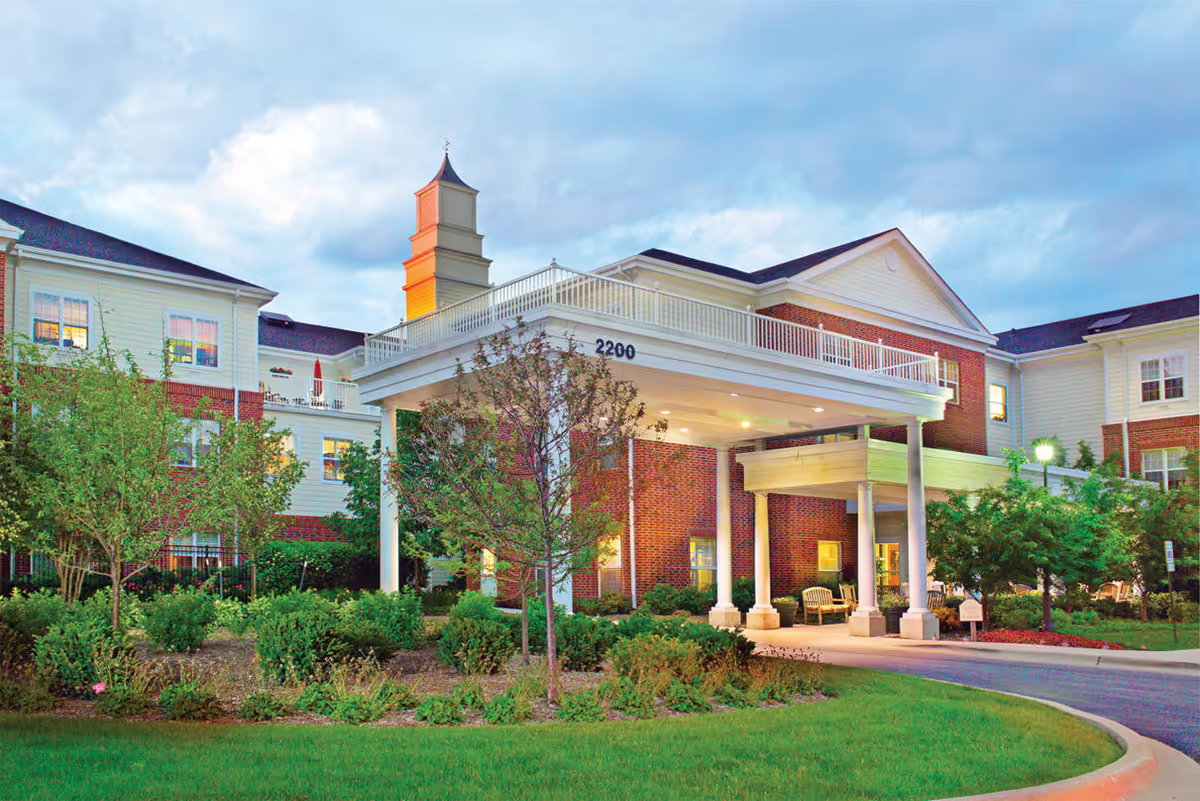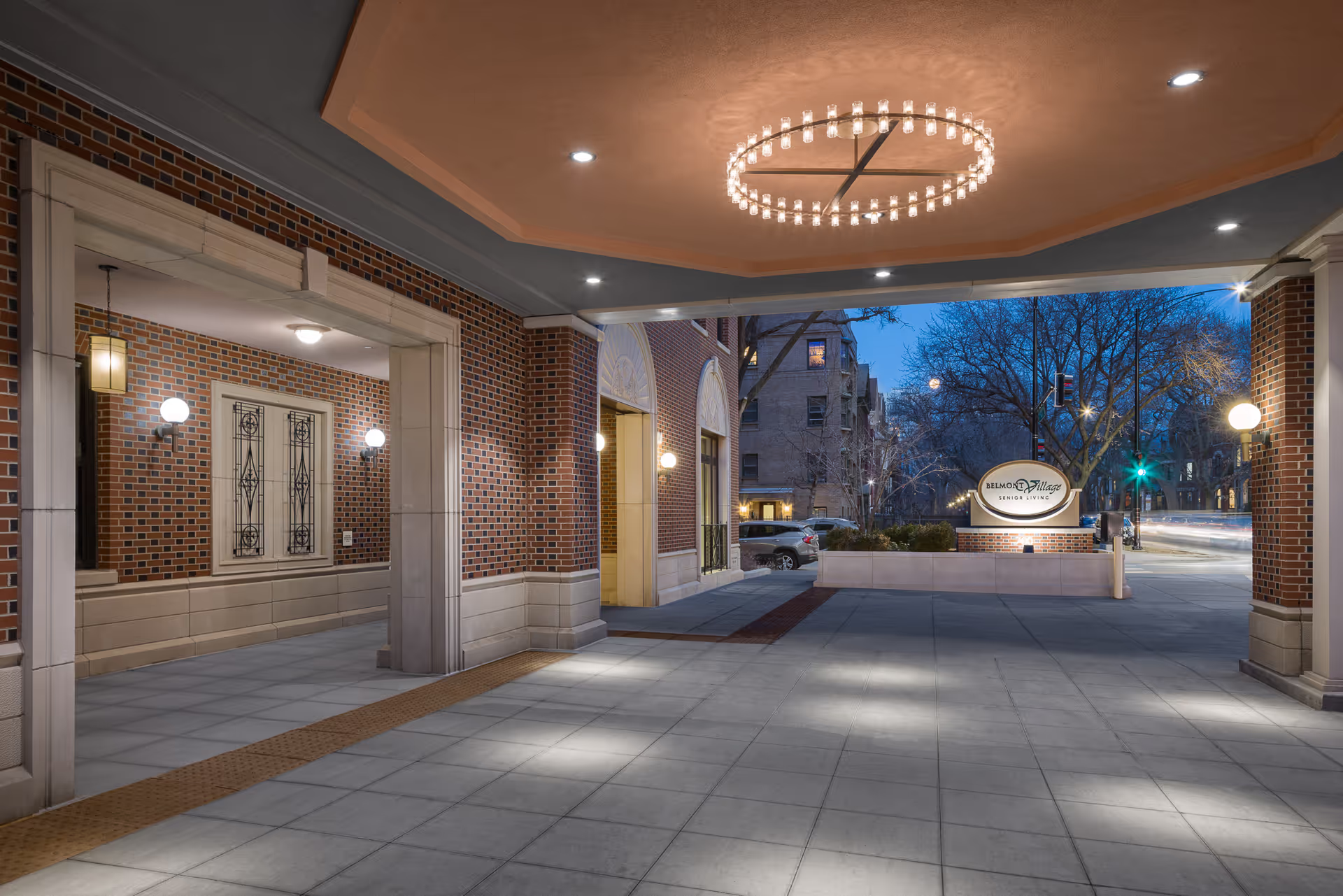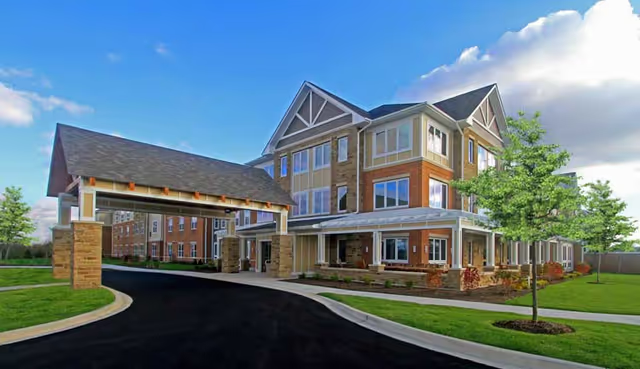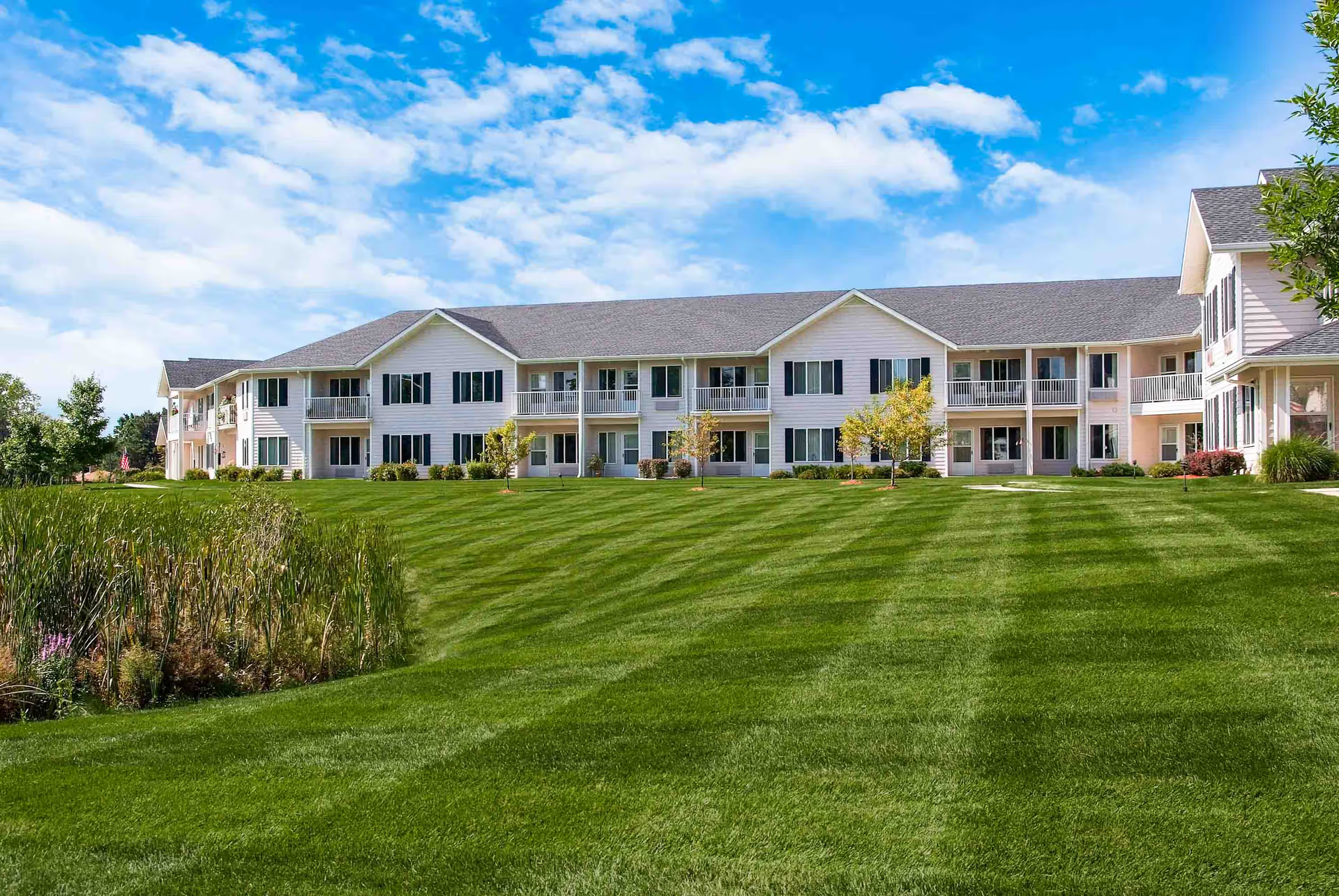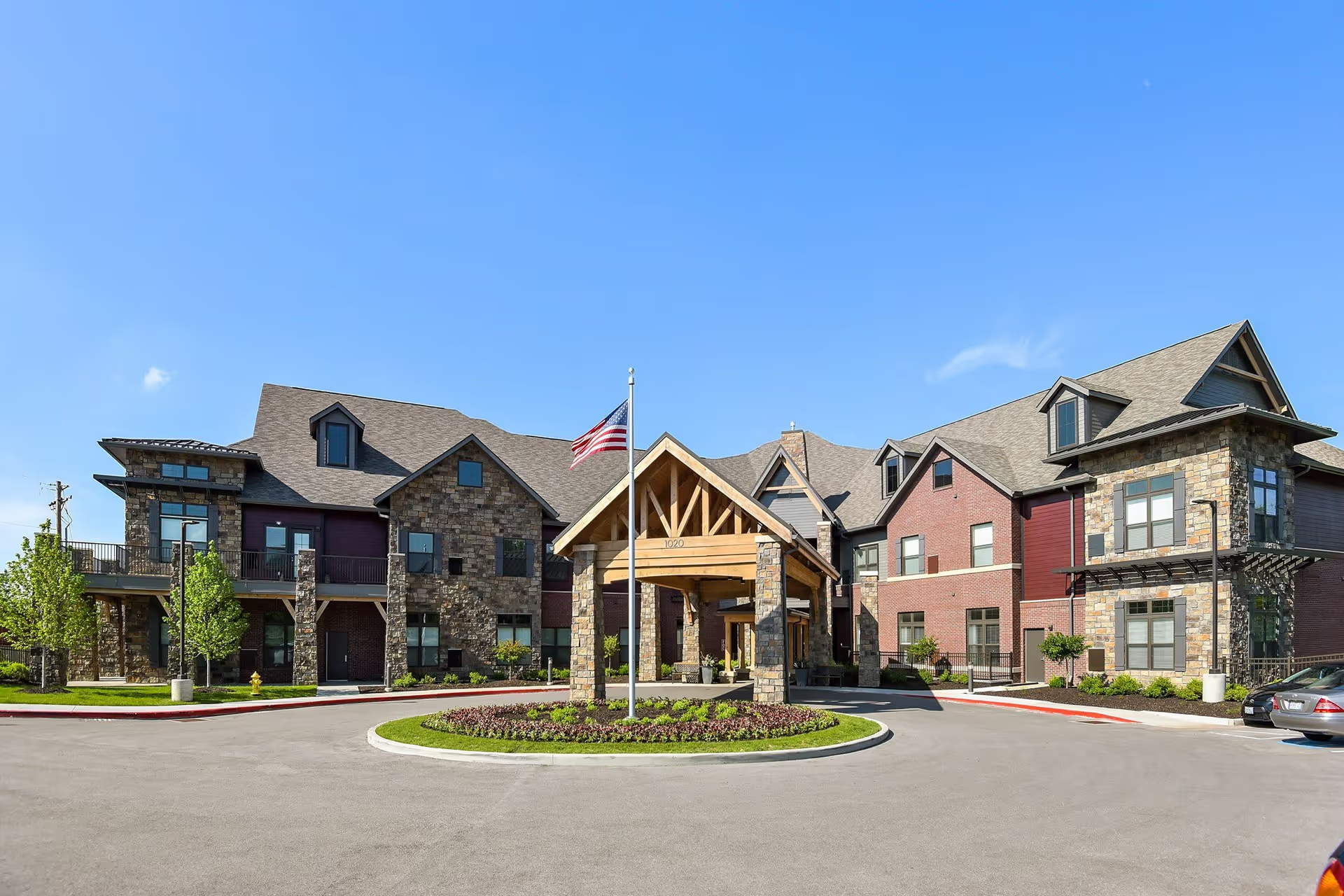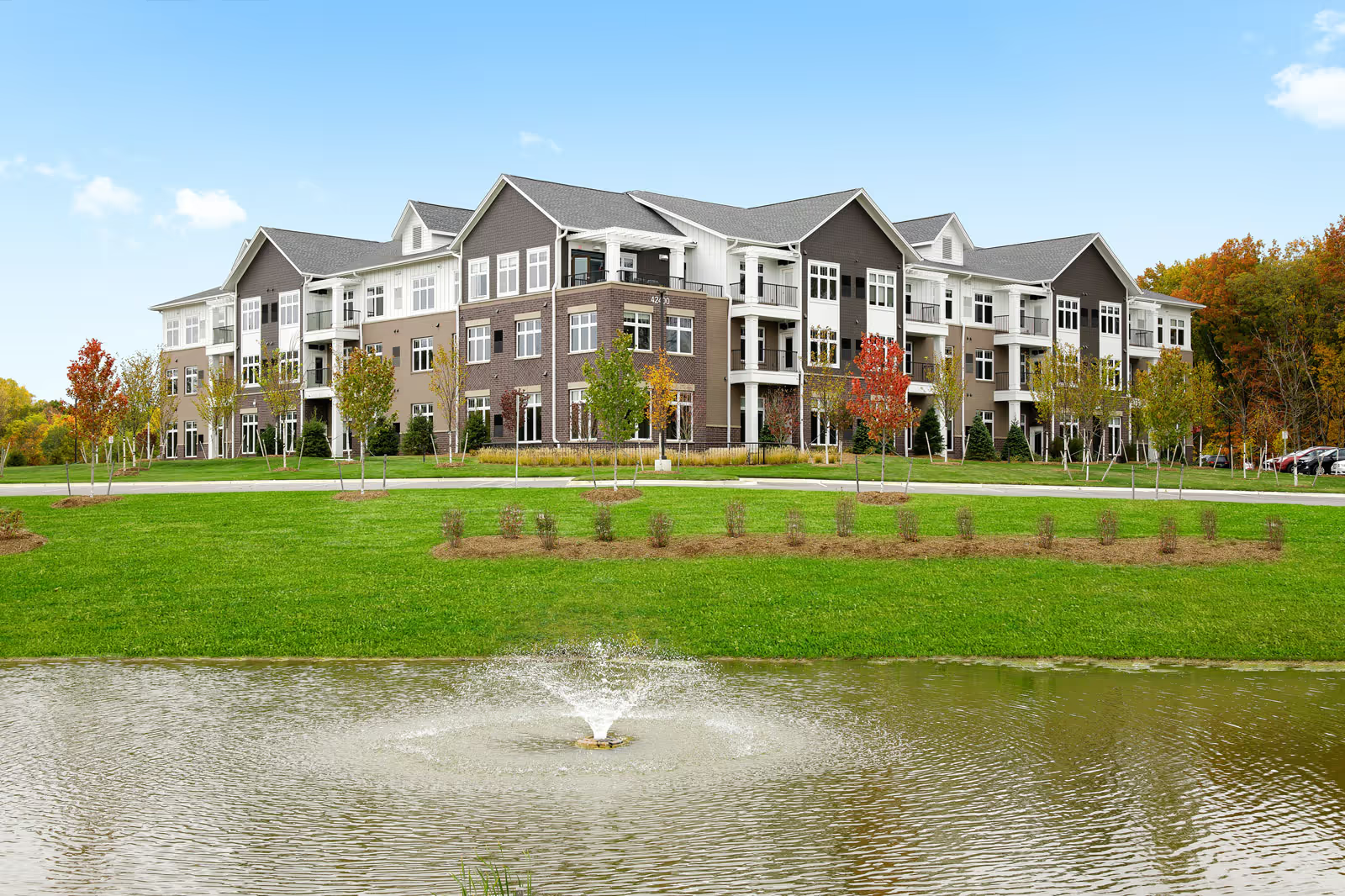Overall sentiment: Reviews for Renwick Nursing & Rehab are sharply polarized, with a strong split between families who report exceptional, compassionate care and those who describe serious neglect, safety hazards, and administrative failures. Many reviewers praise individual clinicians and teams who provided attentive, effective rehabilitation, hospice, or long-term care; other reviewers recount repeated lapses in basic care, communication, and safety that led to significant harm or distress. The volume and severity of negative reports—pressure ulcers, delayed medical attention, unreturned calls, and billing disputes—are prominent and recurrent themes alongside frequent, specific positive anecdotes about caring staff.
Care quality and staff: A frequent positive thread is the presence of dedicated, compassionate nurses, CNAs, therapists, and admissions staff. Specific employees (Nurse Sheila, Felix, and admissions staff Jenni) were named for patience, clear communication, and effective care; multiple families describe remarkable rehab recoveries and hospice support. Conversely, many families report chronic understaffing, long call-light response times, unresponsive CNAs, discouragement of incident reporting, and inconsistent care quality between wings and shifts. Several accounts allege that residents were left in unsafe conditions (sitting in urine, bed-hold arrangements against family wishes, and being lifted unsafely), and some reviews describe staff who were rude, dismissive, or failed to return calls. Staffing appears uneven: some wings and daytime shifts deliver high-quality care while nights, weekends, or particular wings are repeatedly criticized.
Facilities, cleanliness, and safety: Reports about the facility itself are mixed. Several reviewers describe a clean, fresh-smelling, well-maintained environment with ongoing remodeling (new flooring, wallpaper, paint) and spotless common areas. Others note troubling cleanliness problems—dusty windows, cobwebs, ant infestations, smelly areas—and serious safety shortcomings, including missing bed rails, mattresses on the floor, outdated beds, and inadequate infection control. Multiple reviewers raised specific safety concerns: pressure ulcers, inadequate wound care, falls, delayed infection management, and even alleged assault or accosting by another attendee. These are serious red flags that contrast with other families’ experiences of a tidy, comfortable environment.
Dining and activities: Dining experiences vary widely. Several reviewers enthusiastically praised “unbelievable” dining and varied menus; activity programming (bingo, carnival days, engaging activity director) received repeated positive mentions, with residents kept busy and socially engaged. At the same time, many families reported cold or lukewarm meals, missed dinners (including holiday service failures), long meal delays, and no alternatives offered when meals were missed. Thus, while the facility appears capable of strong programming and good food, operational inconsistency leads to markedly different resident experiences.
Management, communication, and billing: Management and administration receive heavy criticism in numerous reviews. Common complaints include failure to return phone calls, poor or inconsistent family communication, lack of notification of admissions or discharges, and dismissive or rude administrative staff. Billing and financial disputes are a recurring complaint: unauthorized deposit cashing, delayed refunds (including after a resident’s death), confusing or unexplained charges, bed-hold billing disputes, and Medicaid management problems. A few reviews make serious allegations of exploitation of a Medicare patient with dementia. Several families also reported that complaints were not escalated or resolved and that attempts to contact leadership produced no meaningful follow-up.
Patterns, variability, and notable incidents: A clear pattern is variability—some wings, staff members, and shifts deliver exemplary, compassionate care while others fall short, sometimes dramatically. Weekend and night coverage are flagged repeatedly as weaker, and agency or temporary staff usage appears to contribute to inconsistency. There are also multiple reports of adverse outcomes that reached crisis levels: high fevers with delayed treatment, kidney failure resulting from delayed care, state complaints filed, police involvement in incidents, and allegations of theft or mishandling of personal items after death. These recurring, serious problems coexist with strong praise for particular staff and teams that families credit with successful recoveries and dignified end-of-life care.
Implications and considerations: The reviews suggest that Renwick Nursing & Rehab can provide very good clinical and emotional care under the right staffing and leadership conditions but that systemic issues—understaffing, inconsistent management responsiveness, infection control gaps, and billing/administrative failures—create real risk for some residents. Prospective residents and families should weigh the polarized reports carefully, ask targeted questions about staffing levels on the specific unit/wing and shifts of interest, request recent inspection or complaint histories, clarify billing and bed-hold policies in writing, and, if possible, meet or speak directly with the care team that will manage the resident. For current families, the reviews point toward vigilance on wound care, call-light response times, meal delivery, documentation of incidents, and persistent follow-up with administration when problems arise.
Bottom line: Renwick elicits both strong endorsements and serious warnings. Positive, compassionate care is repeatedly documented—sometimes exceptional—but serious, repeated accounts of neglect, safety lapses, and administrative failures mean experiences are highly variable and can be harmful. Families should conduct careful, unit-specific inquiries and maintain active oversight if they choose this facility.
